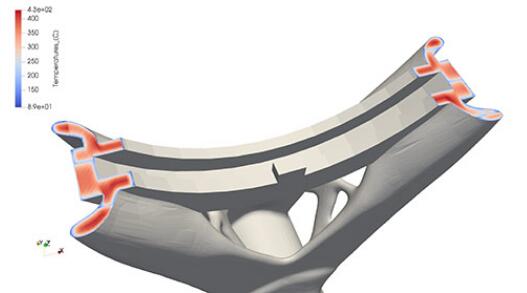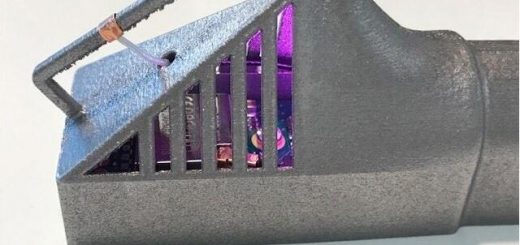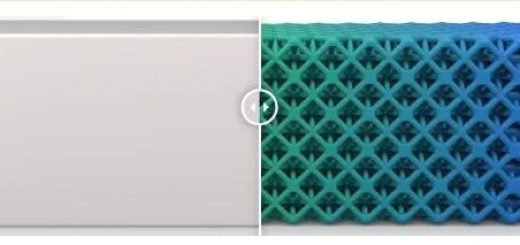EOS and Ansys Pioneer Cutting-Edge Additive Manufacturing Workflow
EOS and Ansys (NASDAQ: ANSS) are collaborating to provide an enhanced, streamlined workflow for developing AM parts. The new workflow teams EOS’ metal systems for additive manufacturing with Ansys simulation solutions — equipping AM engineers to develop highly-precise parts, improve productivity, slash production time and deliver new products faster than ever.
 Ansys simulations integrate EOS-specific data by leveraging EOS’ open-source application program interfaces. Image via ANSYS
Ansys simulations integrate EOS-specific data by leveraging EOS’ open-source application program interfaces. Image via ANSYS
AM adoption is accelerating across many industries, however, many engineers continue to use a trial-and-error approach and optimized process parameters for developing their desired geometries, which is quite expensive. Build failures result in reduced efficiency, increased development costs and a slower time to market. Together, EOS and Ansys are helping engineers determine and mitigate build failure issues prior to printing, so parts can be generated faster and more accurately for customers.
The new collaboration advances interoperability between EOS and Ansys technologies. As a member of the EOS Developer Network, Ansys will enhance user AM processes via Ansys simulations and expedite printing by sending jobs directly to EOS’ 3D printing systems. Additionally, to enhance simulation fidelity, Ansys simulations integrate EOS-specific data by leveraging EOS’ open-source application program interfaces. This integration will help improve part geometries by predicting and compensating for distortion and other issues to significantly reduce build failure and upgrade manufacturing processes to increase productivity. It will also improve material property selection by forecasting how design changes will affect the microstructure of parts. With the new workflow, users designed complex print jobs up to 20% faster and simple jobs up to 50-60% faster than previous methods.
“EOS and Ansys are transforming how companies worldwide design parts, enhance products and create leading-edge inventions,” said Martin Steuer, senior vice president, Division Software at EOS. “Combining Ansys simulations with EOS 3D printing technology creates a seamless workflow that enables our mutual customers to reduce spending, increase reliability, boost efficiency and deliver products to market much earlier than the competition.”
“Leveraging EOS scan vectors, Ansys simulations calculate and predict issues such as porosity, residual stress, thermal distortion and help users avoid potential blade crashes. This collaboration provides new levels of insight to users, making it easier for them to build complex parts more precisely,” said Shane Emswiler, senior vice president at Ansys. “Uncovering these issues early using simulation empowers engineers to select the correct parameters and understand if a part can be built as-is or must be redesigned — ultimately greatly minimizing the number of builds by substantially reducing trial-and-error failures, resulting in reduced material waste and substantial cost savings.”
Source: ANSYS




Recent Comments